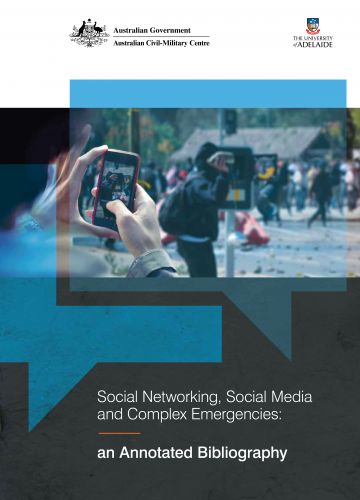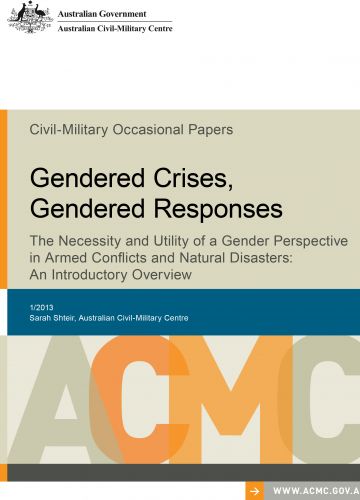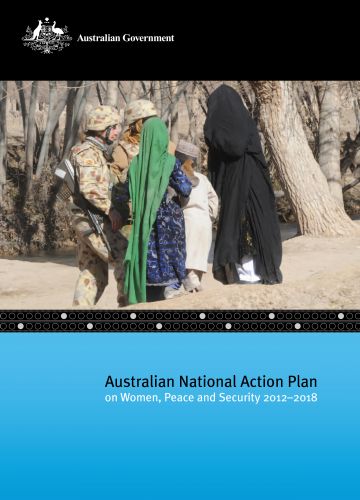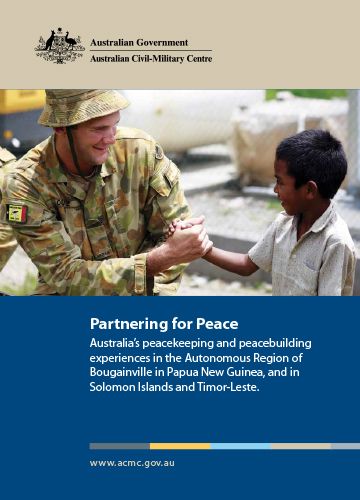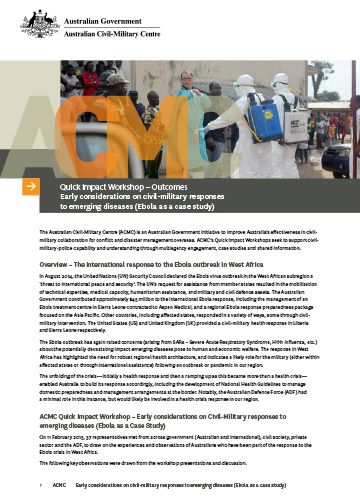Published
Social Networking, Social Media and Complex Emergencies: an Annotated bibliography
The role that new media and communications technologies have played in the recent ‘Arab Spring’ uprisings, as well as in recent disaster responses, has sparked a large amount of academic and professional interest.


